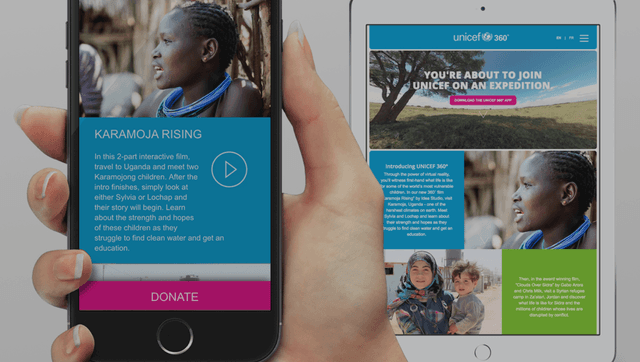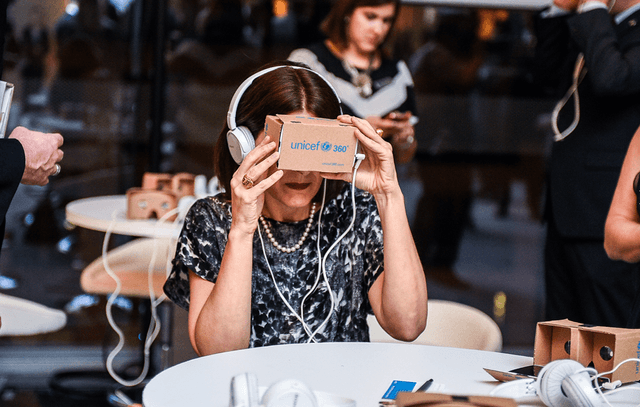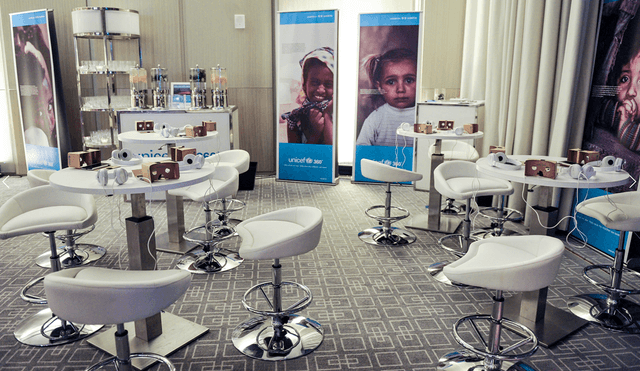UNICEF Canada: 360° immersive experience
- Exhibited by
- Joe Burnett
- Added
- October 03, 2019
- Medium of Communication
- Face-to-face, experiential
- Target Audience
- Supporters, individuals
- Type of Charity
- Children, International Relief/Development
- Country of Origin
- Canada
- Date of first appearance
- 2014
SOFII’s view
UNICEF Canada was aware of their supporters’ frustrations when it came to understanding what their money was being used for. So, they took decisive steps to reconnect with donors. Making excellent use of the latest 360° virtual reality (VR) technology and Google Cardboard, UNICEF created a film that brought donors closer to beneficiaries. This was a charity first and the result was a welcome and significant uptake in donations and an experiential fundraising project that has rolled out across the globe.
Summary / objectives
Working with creative technology agency Ideas Studio, UNICEF Canada wanted to find a way to bring supporters closer to the work it was doing on the ground, so as to show them how their donations were transforming the lives of beneficiaries.
Background
In December of 2014, Canadian agency Idea Studio attended a research briefing with UNICEF Canada. During that meeting there were two key takeaways:
- When people were asked about UNICEF, many fondly remembered the cardboard donation box used at Halloween.
- People felt disconnected from what UNICEF actually does in the field.
The research concluded that if there was a way to involve donors more closely, UNICEF would likely see an increase in donations.
Special characteristics
Utilising Google Cardboard, a portable virtual reality device made of - you guessed it - cardboard, and 360-degree video content, Idea Studio created a VR (virtual reality) platform for UNICEF that brought donors closer to the cause than ever before.
With just a little bit of cardboard and a smartphone, anyone could now join UNICEF on a virtual expedition, and see for themselves how their donations make an impact on the lives of children.
The first film was ‘Clouds Over Sidra’. The film was commissioned by the United Nations and featured Sidra, a 12-year old girl from Syria, now living in the Za’atari refugee camp in Jordan. One can look at her speaking and then choose to look at a toddler coming in the door, or to scan the room. For a limited time, when donors purchased a featured Survival Gift, they received a free UNICEF 360° virtual reality viewer.
Results
UNICEF 360° started with a small test in Canada but now the app is available globally. It is a powerful tool that has been incorporated in almost all aspects of UNICEF’s development: major donors, one-to-one fundraising, direct mail, special events, even retention.
It has reinvigorated the UNICEF brand in many ways, created earned media and public relations opportunities, but most notable of all UNICEF saw a lift of 73 per cent in donations when they incorporated VR content into their one-to-one (face-to-face) fundraising efforts. One in six people pledged donations after watching the video, which was twice the normal rate.




Also in Categories
-
- Video fundraising
- Digital fundraising





















